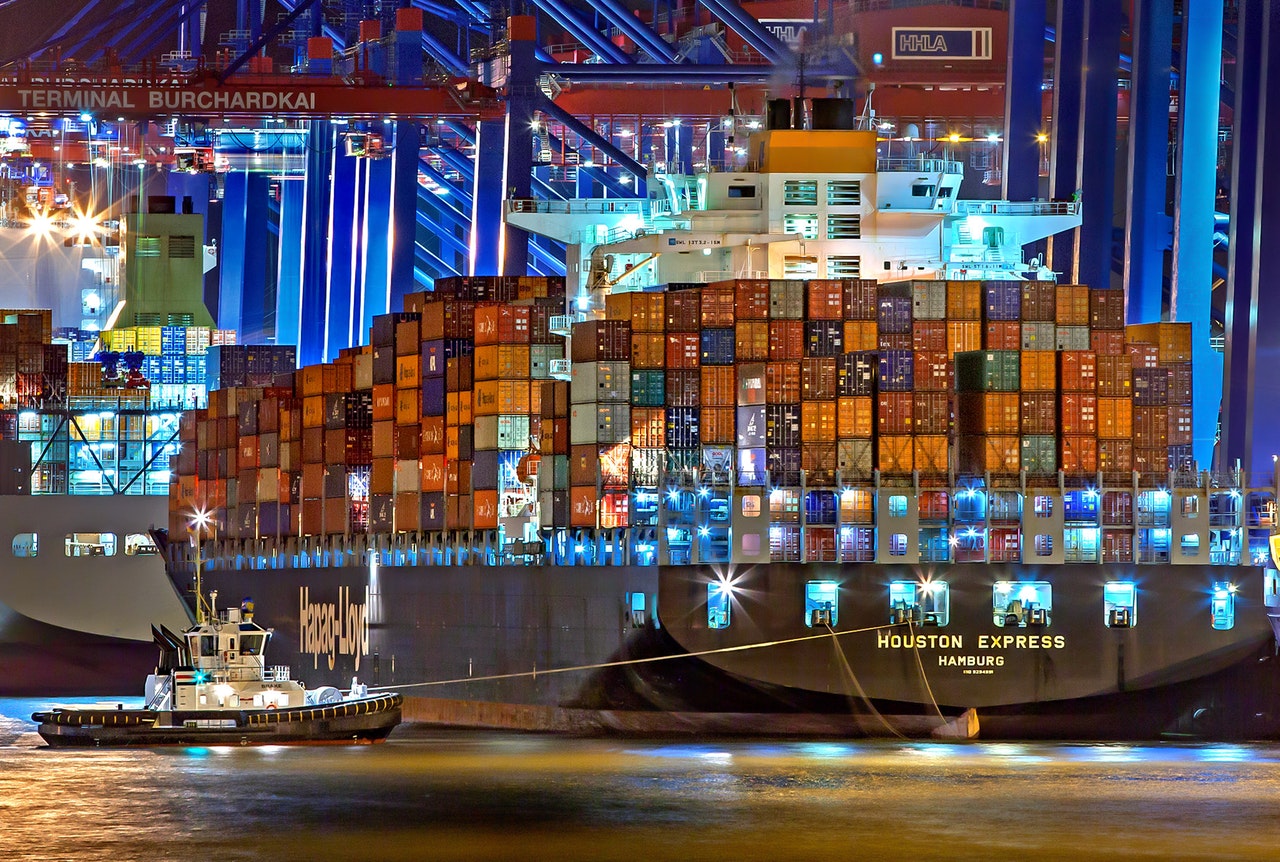
- Rising operating and financing costs and uneven changes in consumer purchasing power.
- Growth of sales made on mobile devices, which surpassed desktop sales for the first time during the 2017 holiday shopping season.
- Growing investment in R&D of new technologies that track customers’ reactions and emotions
Invest in digital weapons to fight the retail apocalypse
In 2017 the world’s top-30 largest retail companies posted results suggesting an overall improvement in their sales and profitability compared to the previous year. However, some of the sector news last year was less cheerful. The world’s second largest retail market, the US registered a 6-year high regarding the total number of bankruptcies with some prominent names, such as Toys “R” US and Radioshack, making their way on the list. The struggling retailers today need to reinvent their business model to avoid competing on price alone and find the right balance between investing in the new technologies and managing their heavy debt burdens, which continued to grow through 2017.
The year 2018 for retailers will be more than ever about getting up to speed with the latest technologies to stay relevant. The year started with the main industry disruptor, Amazon, launching Amazon Go, its first grocery store without cashiers, which uses a system of cameras to track what products clients put in their bag and charges their credit card automatically when they exit the store. Considering Amazon’s acquisition of Whole Foods in 2017, one may expect a nationwide rollout of the technology in more than 400 stores owned by the American supermarket chain. This might seem like a small step of a single company but, in the end, have a large scale impact on the whole sector, just as automated driving technology is having on the transportation sector.
